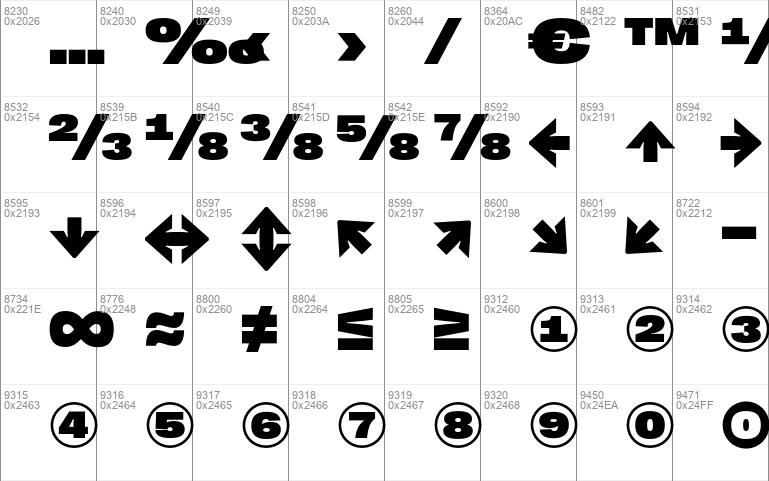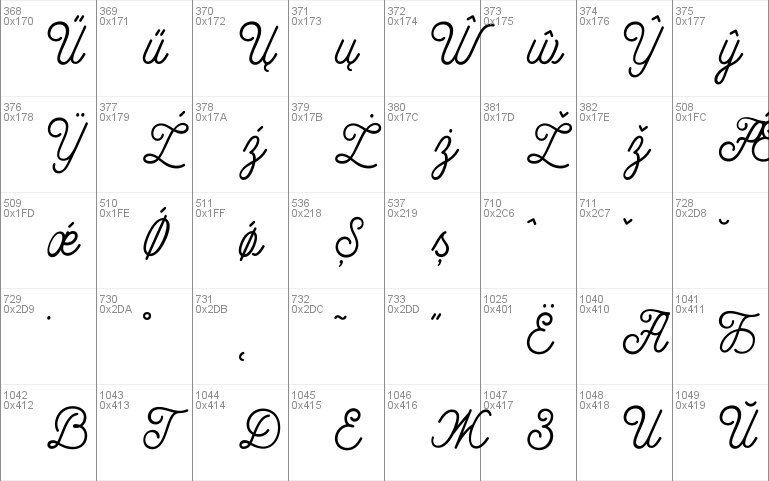
The OFL allows the licensed fonts to be used, studied, modified and redistributed freely as long as they are not sold by themselves.

The goals of the Open Font License (OFL) are to stimulate worldwide development of collaborative font projects, to support the font creation efforts of academic and linguistic communities, and to provide a free and open framework in which fonts may be shared and improved in partnership with others. SIL OPEN FONT LICENSE Version 1.1 - 26 February 2007 This license is copied below, and is also available with a FAQ at: This Font Software is licensed under the SIL Open Font License, Version 1.1. Get all its variants from My Fonts, or snag complimentary versions from Dafont Free website.Copyright (c) 2015, Alfredo Marco Pradil and HK Grotesk Cyrillic by Stefan Peev ( ), with Reserved Font Name HK Grotesk. If you’re a fan of Helvetica, then this typeface is not to be missed. Related: FREE Gill Sans Font for Your Book Covers and Travel Postcards The challenge was bringing the original shapes and spacing to life – but with the luxury of kerning.

Thus, the project was more of a restoration task than a revival for digital use. Schwartz believed that much of Neue Haas’ original warmth was lost during all its alterations. The project was continued and eventually completed in 2010. It was supposedly for the redesign of The Guardian. In this case, Neue Haas – now more commonly called Helvetica – underwent more modifications.īy 2004, type designer Christian Schwartz was commissioned by Mark Porter to begin the revival of the ‘Helvetica’s original name’. Sometime in the 1980s, a rationalized, standardized version of the typeface was released to make way for the switch from metal to phototypesetting.

These changes include making the matrices for the Regular and Bold equal in width, with the Bold style having a noticeably narrower proportion. This was to accommodate the lettering for Linotype’s hot metal linecasters. When Linotype AG got hold of Neue Haas, it was revised and became known as Linotype Helvetica. In a sense, they were the first sans serifs. Grotesque fonts, which came out during the 19th century, have low contrast, even widths, and an average slope.

Designed by Max Miedinger from 1957 to 1958, Neue Haas Grotesk was the Swiss answer to British and German grotesques that were widely popular at that time.


 0 kommentar(er)
0 kommentar(er)
